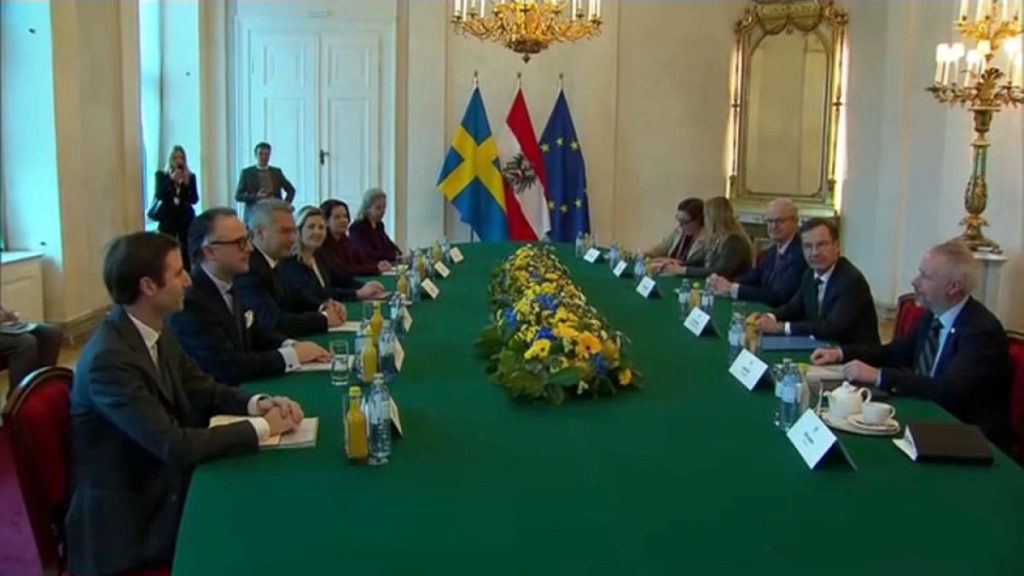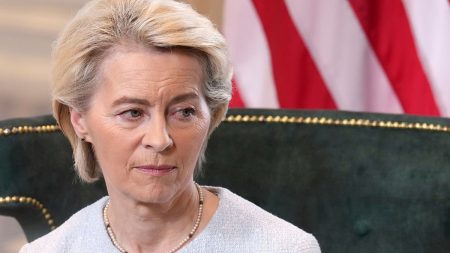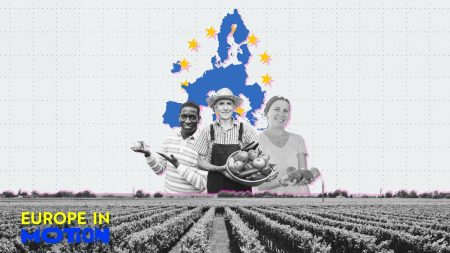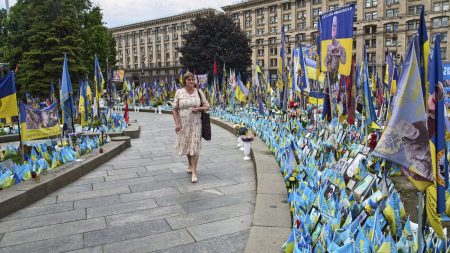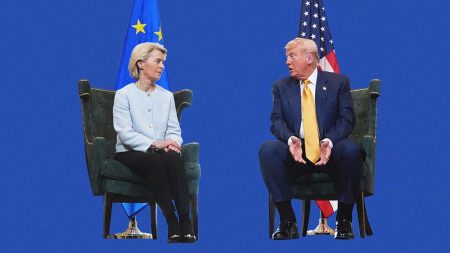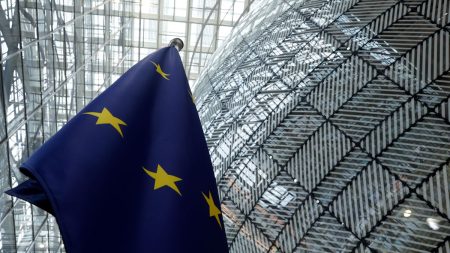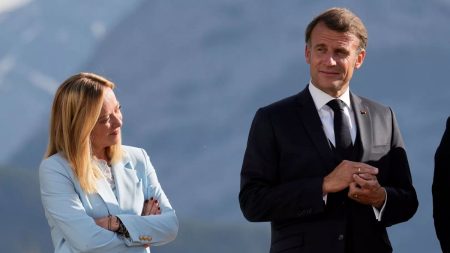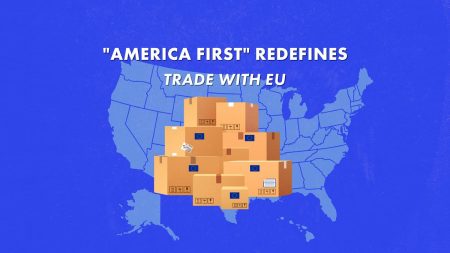The accession of Austria, Sweden, and Finland to the European Union on January 1, 1995, marked a significant turning point in the history of European integration. This enlargement, bringing the total number of member states to fifteen, was driven by a confluence of factors, including the economic downturn of the 1980s and the desire to access the benefits of the EU’s single market. The end of the Cold War also played a crucial role, as these historically neutral countries were no longer bound by their previous non-alignment policies and could openly embrace closer ties with the West. This shift represented a move towards greater economic and political integration within Europe, reshaping the continent’s landscape after decades of division.
Public opinion in these countries, however, was marked by a degree of Euroscepticism, reflecting concerns about protecting national interests and preserving distinct socio-economic models, particularly the “Nordic model” championed by Sweden and Finland. The accession negotiations were complex and demanding, particularly in areas such as agriculture, regional aid, budgetary contributions, and fishing quotas. These sensitive issues required careful balancing to address the specific needs and concerns of each applicant country while upholding the broader principles and objectives of the EU. The democratic traditions of these nations were also evident in the decision to hold referendums on the accession agreement, enabling citizens to directly express their views on this momentous decision.
The outcomes of the referendums mirrored the prevailing public sentiment. Finland and Austria voted decisively in favor of joining the EU, while Sweden narrowly approved membership. Norway, however, bucked the trend and rejected the accession agreement, opting to remain outside the EU. This divergence in paths highlighted the complexities of European integration and the varying national priorities and perceptions of the EU’s benefits and drawbacks. While the majority of these nations embraced the opportunity for closer integration, Norway’s decision underscored the importance of national sovereignty and the ongoing debate surrounding the optimal balance between national and supranational governance.
Twenty-eight years later, the shared history and common interests of Austria and Sweden within the EU were underscored by an official visit of Swedish Prime Minister Ulf Kristersson to Vienna. This visit, commemorating the anniversary of their EU accession, provided an opportunity to reaffirm bilateral ties and address shared challenges, particularly in the area of migration policy. The meeting between Chancellor Karl Nehammer and Prime Minister Kristersson symbolized the ongoing cooperation and dialogue between EU member states in tackling complex issues that transcend national borders.
Migration has become a prominent issue within the EU, and both Austria and Sweden have expressed concerns about the need for stronger border security and more effective mechanisms for returning migrants whose asylum applications are rejected. Sweden, under Kristersson’s conservative government, has adopted a stricter stance on asylum, reflecting a growing trend among some EU member states to prioritize border control and manage migration flows more effectively. The discussions between the two leaders focused on finding common ground and advocating for policy changes at the EU level to address these concerns.
Both Nehammer and Kristersson emphasized their shared commitment to tackling illegal migration and strengthening EU border controls. They stressed the importance of finding practical solutions and moving beyond mere discussions, signaling a desire for concrete action to address this pressing issue. Their shared stance on migration reflects a growing recognition within the EU of the need for a more coordinated and robust approach to managing migration flows and securing external borders. This emphasis on collaboration and pragmatic solutions highlights the evolving nature of the EU and its member states’ responses to shared challenges.




